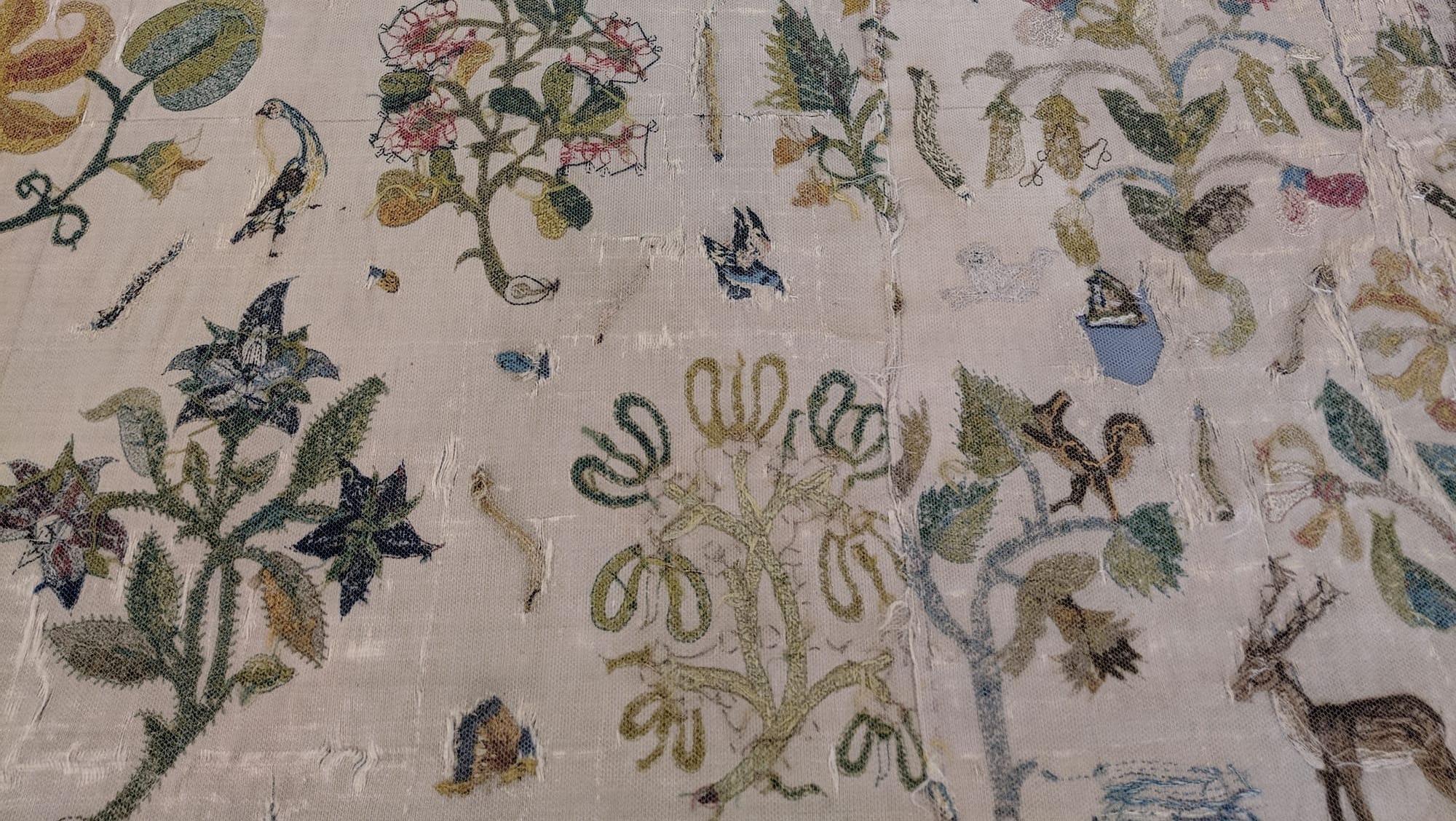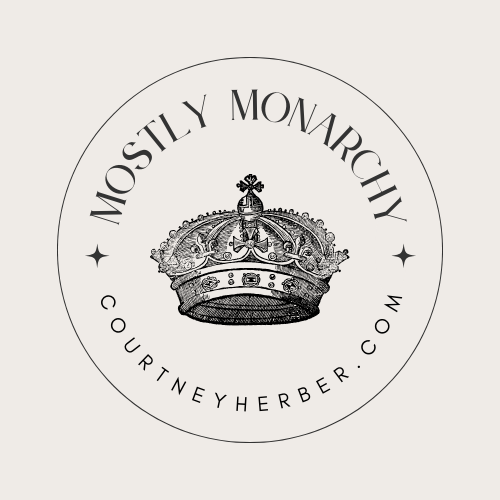I originally posted this just after the coronation of Charles III. There was, and honestly, still is a lot of confusion regarding titles and how they're used in the British monarchy, so this is a little bit of an introduction.
aka How The British Monarchy Works (for Americans)



